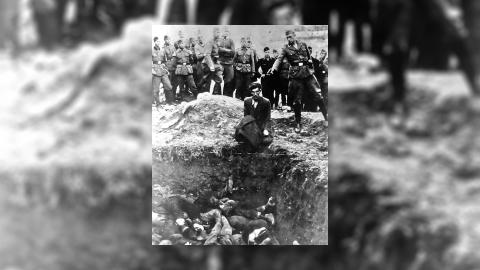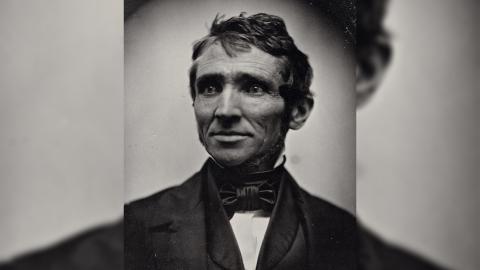
William Shatner and the history of civilan space travel
Space: the final frontier? Where once the space race was the struggle between nations to cement their superiority in the skies, now the race is being run by billionaires in an attempt to go where no civilian has gone before. Well, sort of.
Once fuelled by the Cold War, now the race is on to establish a new tourism industry for the rich and the famous. With private space exploration companies like Blue Rocket, Virgin Galactic, and Space X in a race to dominate space tourism, the reality of going to space without a decorated military history career or multiple doctorates in theoretical physics feels that little bit closer to being a reality.
The news that the leading star of Star Trek - the show that ignited a love of all things space travel - William Shatner will be joining Jeff Bezos aboard the Blue Origin New Shepherd rocket has enchanted fans of the USS Enterprise the world over. (Though Bezos wasn't the first billionaire who offered to fly Shatner to the stars). At 90, Shatner is going to be the oldest person alive to be launched into space. However, Shatner isn’t the first civilian to take to the stars. You might be surprised that space history owes more to the humble civilian rather than you might realise. Here are three examples of civilians that have made space history.
Laika
No, she’s not a human, but without Laika, we might have found ourselves in a very different place in Space Exploration. A street dog from Moscow, Laika, was selected to fly in Sputnik 2. On 3rd November 1957, she was launched into low orbit as one of the first animals in space. While reports claimed that she died around six days into orbit, a report released in 2002 revealed she most likely died of asphyxiation or overheating before the poison planned for her euthanasia was released.
Senator Garn
In the 1980s, with interest in space exploration starting to dwindle, NASA wanted to reignite the American public’s imagination (and, more importantly - investment) in further exploring our solar system. With the initial success of the space shuttle program, NASA wanted to show that space travel was safe and could be used for more than satellites and military payloads.
The first guest astronaut to join the shuttle program was Senator Jake Garn of Utah, who was the chair of the NASA Oversight Committee at the time. Launching in April 1985, Garn joined his crewmates for a seven-day flight.
Helen Sharman
Helen Sharman became the first Brit, Western European woman, and the first privately funded astronaut. After responding to a radio advert seeking candidates for Project Juno, Helen was selected out of close to 13,000 entrants live on ITV in 1989.
Project Juno was a cooperative space mission between Britain and the Soviet Union sponsored by British businesses. Helen spent 18 months undertaking rigorous training in Russia. When funding for the mission seemed to come in much lower than initially anticipated, it looked as though Project Juno might never leave the drawing board; however, the project continued under soviet expense, and on the 18th May 1991, Project Juno took off. The flight lasted eight days, and during her stay at the Mir Space Station, Helen conducted agricultural studies and communicated her adventure with schoolchildren across Britain via radio broadcast.

















